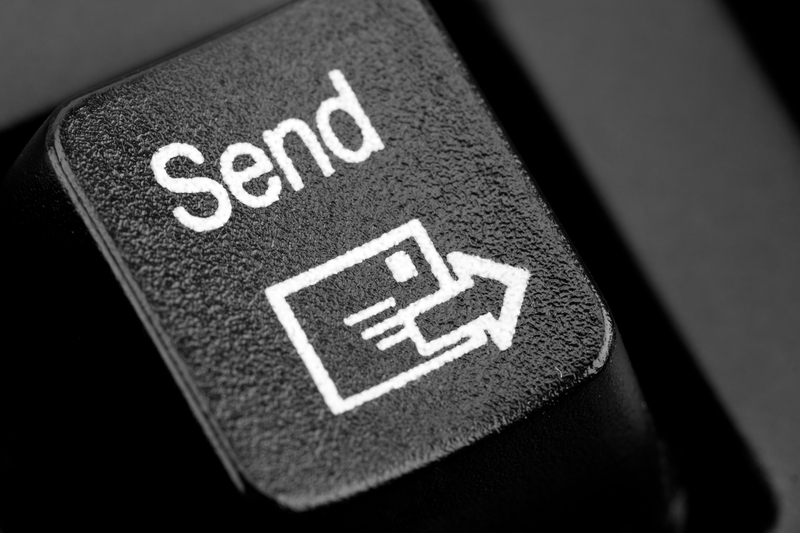


Tim, a friend of mine back in college, had the weird habit of setting his alarm to go off at 7:00 am on Saturdays when he had no intention of getting out of bed early. “Why?” I asked him one day when we were complaining about studying late for exams and getting up early for class during the week.
“Oh, I don’t get up at 7:00! I just love the feeling of slapping off the alarm and knowing that I can roll over and go back to sleep for another 3 hours.”
Often, during the last three decades as I’ve coached, consulted, trained, and keynoted throughout organizations across myriad industries, I hear a similar sentiment. It’s just worded a little differently: “That department sends so much paperwork and nags us for so much information. It feels good just to ignore them.”
You have an essential mission, of course. And certainly you need to recruit, develop, and retain top talent to accomplish your goals. That involves educating your team about budget, resources, regulations, and compliance matters. Yet it’s not uncommon to hear complaints like these:
Stated another way: Do you say too much, . . . about too little, . . . too often? And does this habit bury critical communication your team needs to hear?
Wherever we go, most of us are still tapping away. At the airport. At the gym. At the beach. From a hospital bed. At sunrise. Over lunch. During dinner. Chances are, email habits drain you and your employees, both mentally and emotionally. That spells lost productivity for your organization, stress for you and them, and ultimately the need to tune out periodically.
We were told more than two decades ago that email would revolutionize the way we work and save us an enormous amount of time. While email has many benefits, it has also engulfed us and created other productivity drains.
My organization, Booher Research Institute, recently commissioned a survey of email communication habits and productivity from the Social Research Lab at the University of Northern Colorado. Here’s what a representative sampling of knowledge workers across multiple industries reported about their email habits:
–42 percent spend 3 hours or more per day reading and writing email
–55 percent check email either hourly or multiple times per hour
–34 percent say the email they get is redundant (meaning they receive duplicate copies) or irrelevant to their needs
When you send multiple emails regarding the same issue (reminders and follow-ups), people start to tune out—to that specific message and others you send. In essence, you are “training” readers to ignore “first editions.” As with those who hit the snooze button on their alarm clocks multiple times, people become accustomed to ignoring required action until they get several email reminders.
Many conference planners have communicated through this typical “cycle” and learned this principle the hard way. For example, their annual convention ends in August. They began sending periodic emails: “Sign up now for next year to get a big discount.” Then to speakers, they start a different email series: “Propose to speak.” Then, it’s “The proposal deadline is coming.” Then, “The deadline is about to close.” Then, “We’re extending the deadline to give you longer to propose.”
Then the next series starts: “Submit your materials by X date. Then, “This is a reminder to submit your materials by X date.” Then, “This is your last reminder to submit your materials by X date.” Then, “We’re extending the submission deadline.” Then, “We’ve changed the date for you to submit materials to give you adequate time. The new date is Y.”
You get the idea. Such communication habits sound like a parent’s saying to the four-year-old, “This is the last time I’m going to tell you this last time to pick up your toys.”
Lighten your load and stress: Don’t train your employees to ignore you.
Culling your distribution lists for emails you send will likely increase engagement on important projects. As with meetings, the larger the group, the lower the individual participation. When you’re emailing a group for input (for example, a group of engineers about their training needs for the new year), the same principle applies: When you copy a large list, people feel anonymous, and fewer feel obligated to respond.
If you want/need input, cut your list, and you’ll increase response—not to mention clearing inboxes for the uninterested.
Eighty percent of the participants in the UNC survey said typically expect readers to respond to “important” outside emails within four hours or less; 24 percent expect a response within an hour or less.
What’s the expected response time in the culture of the team you’re serving? Four hours? Twenty-four hours? Should you adapt to it? Are there exceptions to these standards? If so, what? If you don’t know, find out from the organizational leader. (If you are the leader, communicate that standard to your team.) Protect your organizational brand and your personal brand by living up to the expectations.
Slow responses suggest many things—most of them negative.
Can you routinely afford to be considered the bottleneck?
Email can be an enormous timesaver–unless poor communication practices diminish its benefits and create an untamed monster. To tame the beast and reclaim your time, send fewer but better emails to engage team members to act on the essential.
Learn more ways to tame the email monster in Faster, Fewer, Better Emails: Manage the Volume, Reduce the Stress, Love the Results. Click here for details.